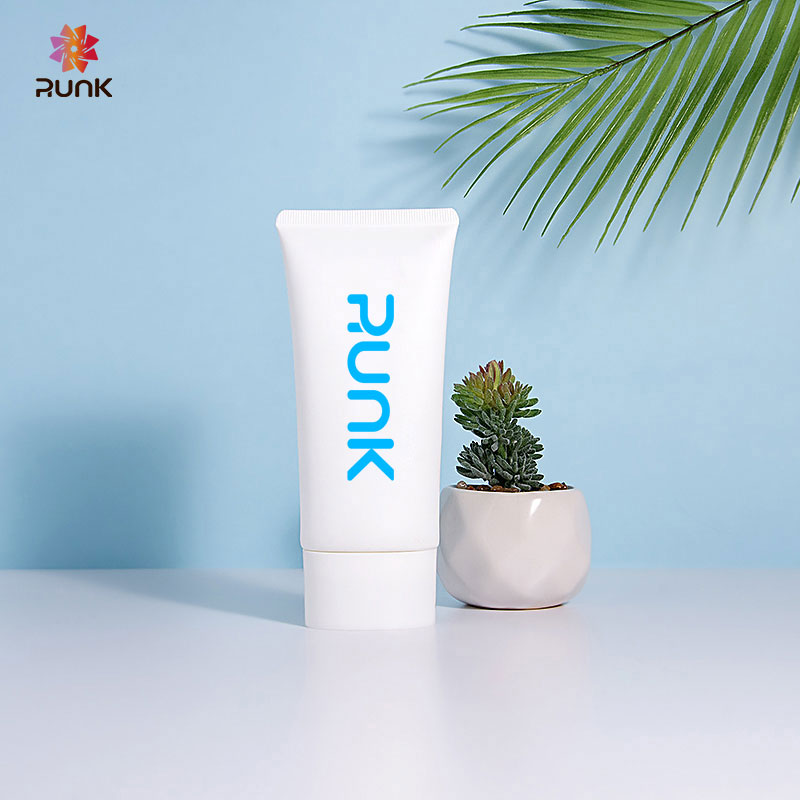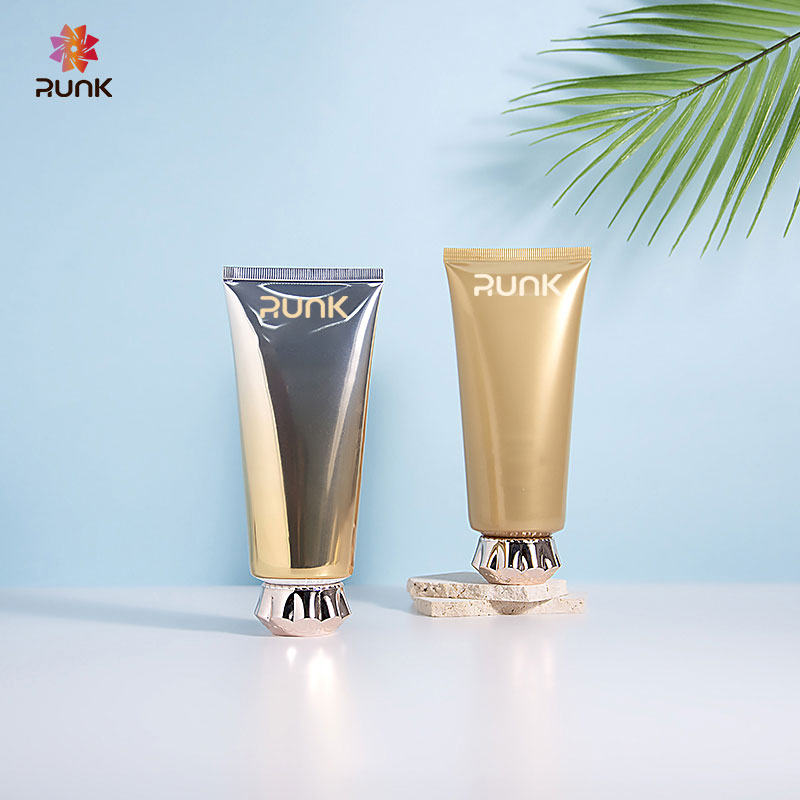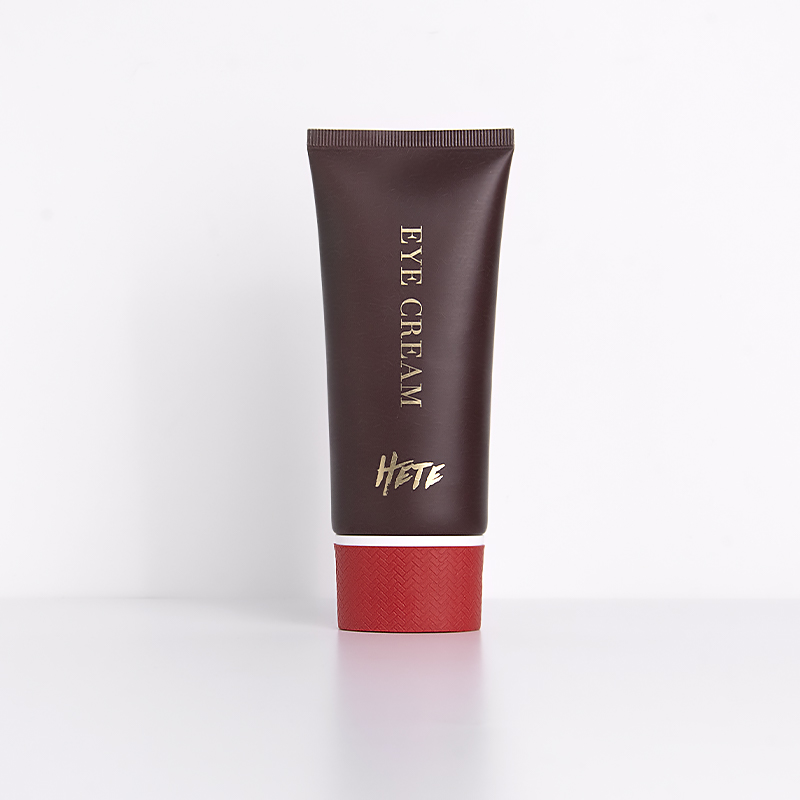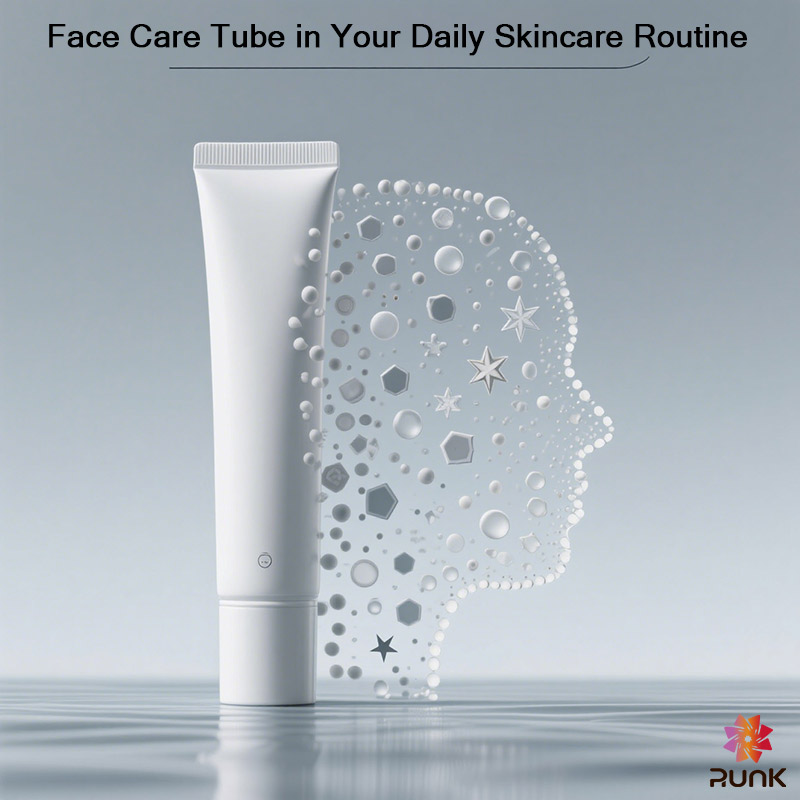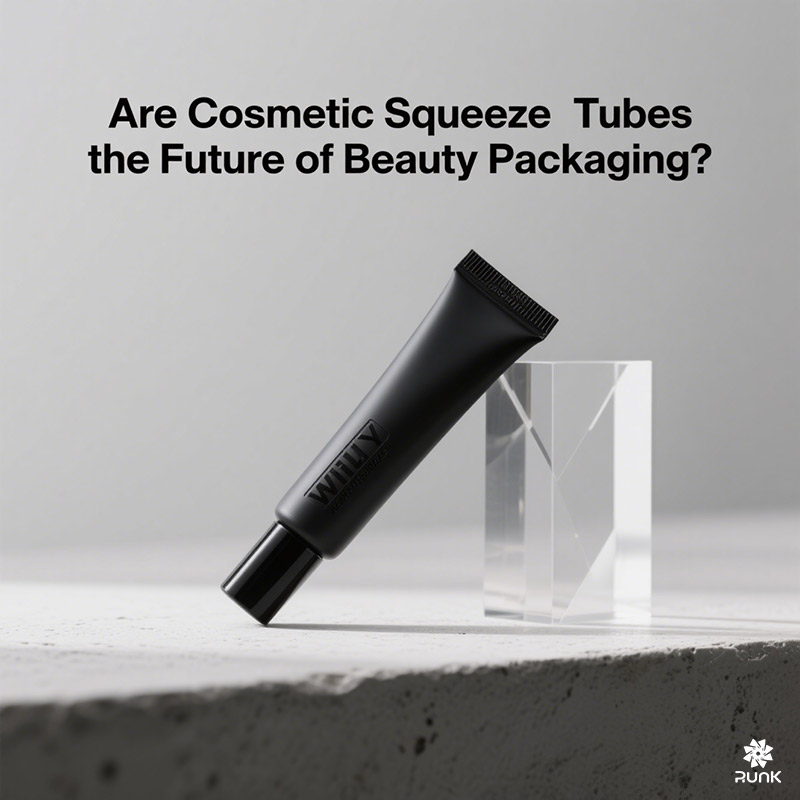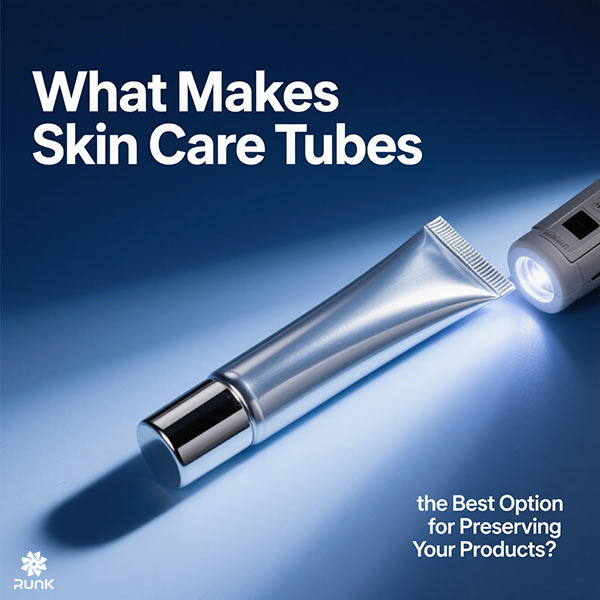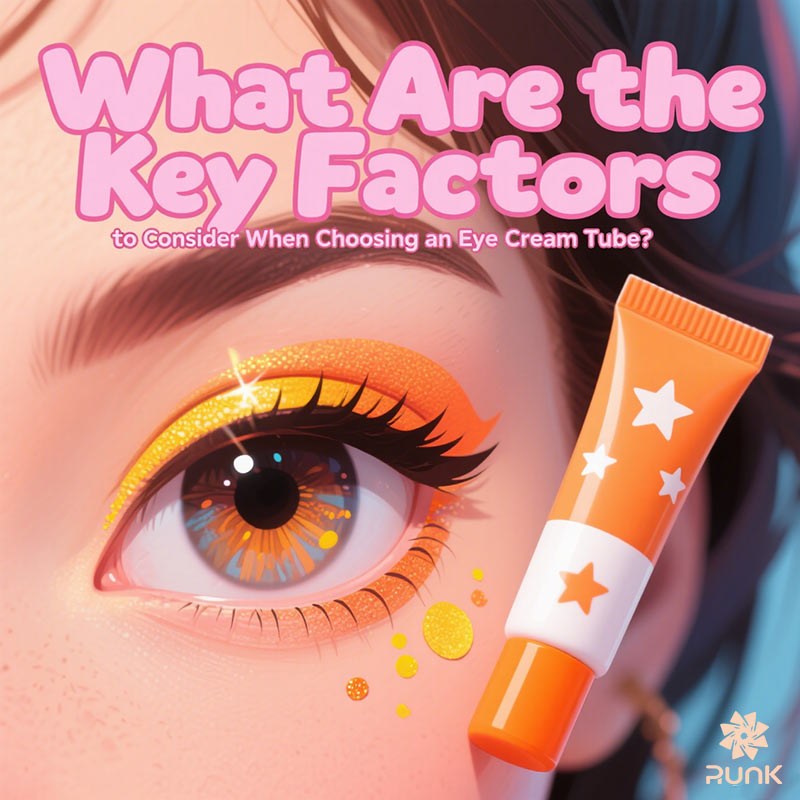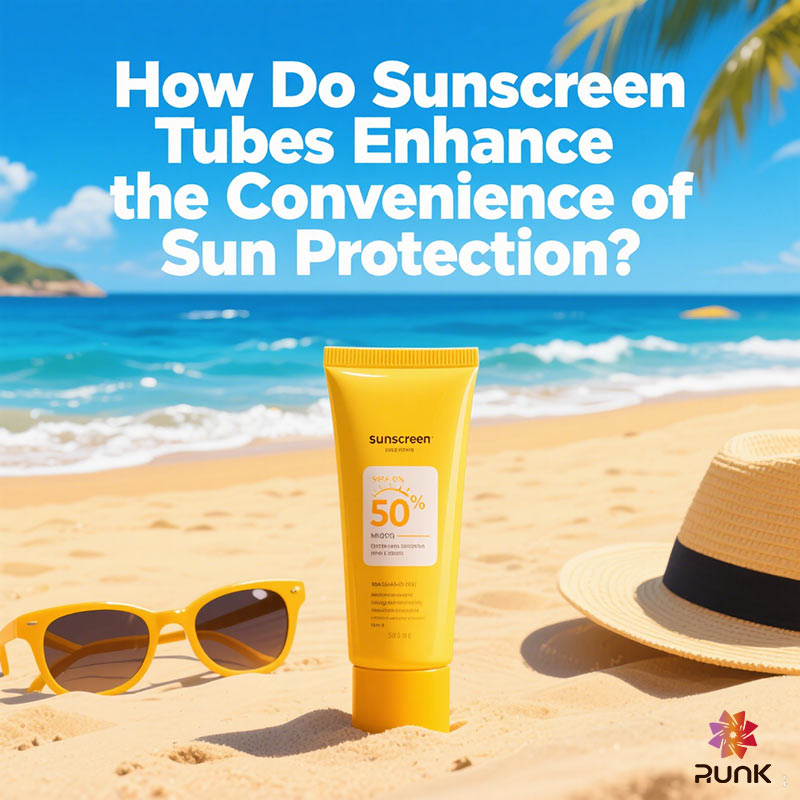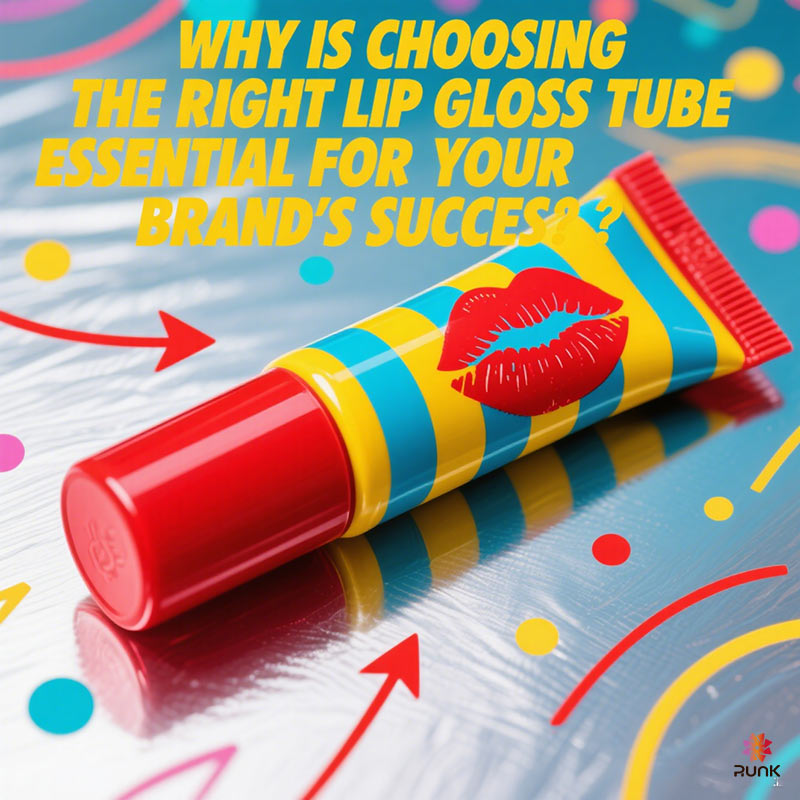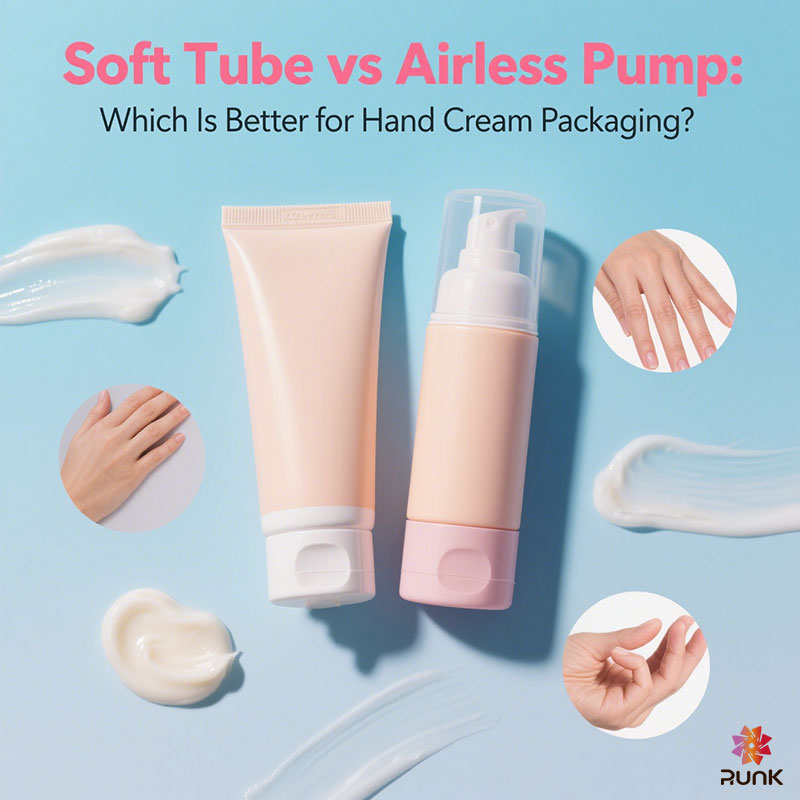Why Emulsion Tubes Are Essential in Modern Skincare Packaging
Nov 25, 2025
Why Emulsion Tubes Are Essential in Modern Skincare Packaging
As consumers become more informed and skincare formulations grow increasingly advanced, the demand for reliable, hygienic, and visually appealing packaging has never been higher. Among the many packaging formats available today, emulsion tubes have emerged as one of the most essential solutions for modern skincare brands. From moisturizers and sunscreens to specialized treatment creams, emulsion tubes offer unmatched convenience, product protection, and branding flexibility—making them a cornerstone in contemporary beauty packaging.
1.Protecting Sensitive Skincare Formulations
Modern skincare products often contain high-performance active ingredients such as retinol, peptides, ceramides, and antioxidants. These actives are highly sensitive to air, light, and contamination, which means packaging must provide strong barrier properties.
Emulsion tubes excel in this area.
♠ Multi-layer PE or PBL structures protect formulas from oxygen and UV exposure.
♠ The controlled dispensing design minimizes product contact with air and prevents bacterial contamination.
♠ Tubes prevent backflow, keeping formulas fresher for longer.
For brands aiming to maintain product integrity throughout the entire usage cycle, emulsion tubes provide a reliable, stable packaging environment.
2. Enhancing User Experience and Hygiene
Consumers today expect skincare packaging that is easy to use, hygienic, and travel-friendly. Emulsion tubes meet all these expectations effortlessly.
♥ Soft, squeezable structure allows controlled and precise dispensing.
♥ Lightweight and portable—ideal for daily routines or travel kits.
♥ One-hand operation improves convenience and accessibility.
♥ The tube format ensures clean application with minimal waste.
The intuitive user experience makes emulsion tubes particularly suitable for creams, lotions, gels, sunscreens, and leave-on treatments.
3.Versatility in Material, Structure, and Design
One of the biggest advantages of emulsion tubes is their exceptional customization flexibility. Brands can tailor every detail to match formulation needs and branding goals:
♣ Material options: Mono-material PE, multi-layer barrier tubes, PCR (post-consumer recycled) plastics, bio-based materials.
♣ Shapes: Round, oval, super-oval, or flat designs for a premium look.
♣ Decorations: Silk screen printing, hot foil stamping, glossy/matte varnish, metallic finishes, soft-touch coating.
♣Caps: Flip-top, screw caps, airless tips, needle-nose, massage applicators.
This versatility allows brand owners to create a cohesive visual identity while ensuring functional performance.
4. Supporting Sustainability Goals
Sustainability is a major driving force in modern packaging decisions. Emulsion tubes can be produced using recyclable mono-material PE structures, making them fully aligned with global sustainability standards and recycling systems. Many manufacturers now offer:
• PCR (recycled) resin tubes
• Bio-based sugarcane PE tubes
• Light-weighting options that reduce material usage
These innovations help beauty brands meet environmental commitments without compromising on performance or aesthetics.
5.Ideal for a Wide Range of Skincare Products
From daily essentials to high-value treatments, emulsion tubes are highly adaptable for multiple skincare categories:
♦ Moisturizing creams
♦ Sunscreen lotion and SPF gels
♦ Facial cleansers
♦ Repairing ointments
♦ Whitening or anti-aging treatment creams
♦ BB/CC creams
♦ Body lotions and after-sun products
Their compatibility with both water-in-oil and oil-in-water emulsions makes them a universal solution for formulation chemists and packaging engineers.
6.A Cost-Effective yet Premium Packaging Choice
Compared with jars, pumps, or glass bottles, emulsion tubes offer an economical packaging option without sacrificing perceived value. Their streamlined production, lightweight structure, and efficient filling processes help reduce overall supply chain costs—while still allowing premium finishes and high-end aesthetics.
Conclusion
In a competitive beauty market where product safety, brand differentiation, and sustainability matter more than ever, emulsion tubes have become an essential packaging choice for modern skincare brands. Their combination of protection, convenience, versatility, and eco-friendly potential makes them a reliable solution for both mass-market and luxury product lines.
Whether you are creating a new skincare series or upgrading your existing packaging, emulsion tubes provide the ideal balance between performance and design—Runk supplier helping your brand meet consumer expectations and stand out on the shelf.
Read More
